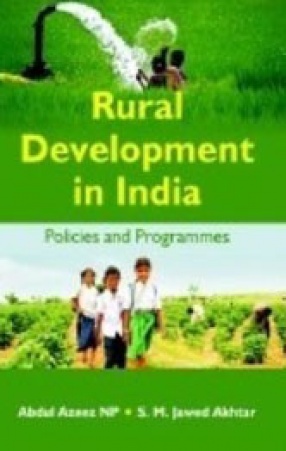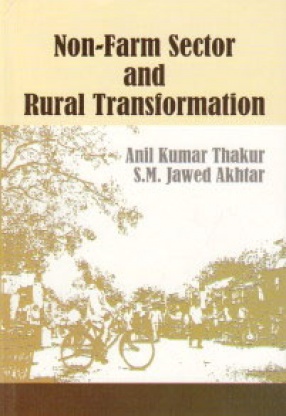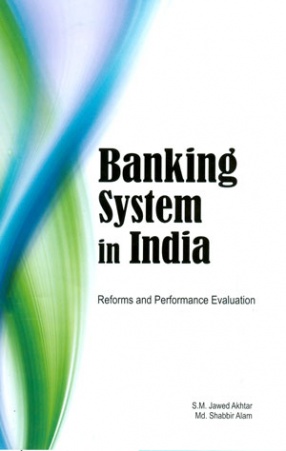
Showing all 6 books

Rural development became a planning concern as it became clear that the strategies adopted in developing countries remained largely ineffective in alleviating poverty and inequalities in rural areas. Development of rural areas and the rural people has become the primary concern of the economic planning and development process of the country. It became increasingly clear that apart from an effort to increase agricultural and industrial production, it is also ...

Consistent with the approach for an employment-centered development strategy, India's public employment programs are an integral part of the country's planning and policy. The Mahatma Gandhi National Rural Employment Guarantee Act (MGNREGA) came into force in 2006 with the objective of enhancing the livelihood security of unorganized workers in rural areas by guaranteeing 100 days of wage employment in a financial year to rural households where members volunteer ...

Energy is one of the major inputs for the economic development of any country. in the case of the developing countries, the energy sector assumes a critical importance in view of the ever incresing energy needs requiring huge investment to meet them. Future economic growth and development crucually depends on the long-term availability of energy in increasing quantities from sources that are accessible, easily available, socially acceptable and environmental ...


The nature and performance of rural economy has been changing in every country through diversification of activities on the one hand and increasing employment and income generation on the other. The farm and non-farm sectors are the two important constituents of the rural economy. Rural non-farm sector (RNNFS) in India has been gaining prominence in the rural areas over time and it is becoming more and more diversified. RNFS is regarded as the critical component ...

Prior to economic reforms initiated in early 1990s, the banking sector in India suffered from lack of competition, low capital base, inefficiency, and high intermediation costs. The banking industry - dominated by the public sector - was subject to a high degree of financial repression, characterized by administered interest rates and allocated credit. Reforms in India's commercial banking sector had two distinct phases. The first phase of reforms focused ...
